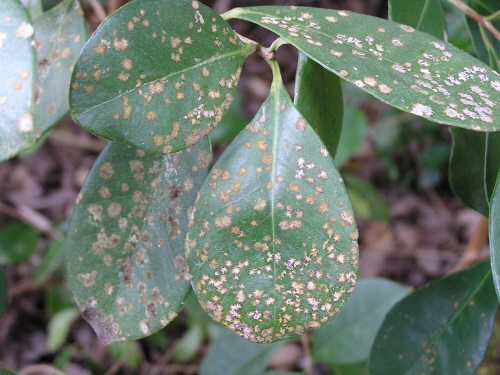

Environment
Global warming is causing crop pests to spread
Pests and diseases are moving fast towards the poles thanks to warmer temperatures, a new study has revealed.
Crop pests are spreading towards the North and South poles at a rate of 3km (2 miles) per year as the world becomes warmer, allowing them to reach areas previously too cold and unsuitable for them to live.
A joint study by the University of Exeter and University of Oxford published in Nature Climate Change argues that climate change, along with human activities such as freight transport, is helping crop pests in this poleward shift.
It is anticipated that this could severely affect food resources. Currently, 10-16% of global crop production is wasted due to pests, the study says. These include fungi, bacteria, viruses, insects, nematodes, viroids and oomycetes.
Dan Bebber of the University of Exeter, one of the authors of the study said, “If crop pests continue to march polewards as the earth warms the combined effects of a growing world population and the increased loss of crops to pests will pose a serious threat to global food security.”
Researchers observed the movements of 612 crop pests over the past 50 years and found that the spread towards north and south into new regions corresponded to an increase of temperatures.
Sarah Gurr, author, added, “Renewed efforts are required to monitor the spread of crop pests and to control their movement from region to region if we are to halt the relentless destruction of crops across the world in the face of climate change.”
Further reading:
Climate change to ‘change the face’ of UK coastal wildlife
Farming chief says extreme weather threatens UK agriculture
UK farmers at risk of water shortages by 2020, says climate watchdog


 Environment9 months ago
Environment9 months agoAre Polymer Banknotes: an Eco-Friendly Trend or a Groundswell?

 Environment11 months ago
Environment11 months agoEco-Friendly Home Improvements: Top 7 Upgrades for 2025

 Features8 months ago
Features8 months agoEco-Friendly Cryptocurrencies: Sustainable Investment Choices

 Features10 months ago
Features10 months agoEco-Friendly Crypto Traders Must Find the Right Exchange




























